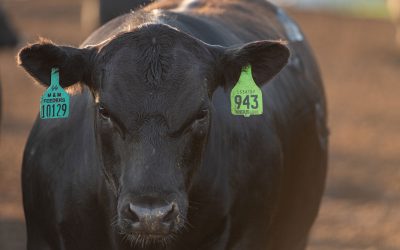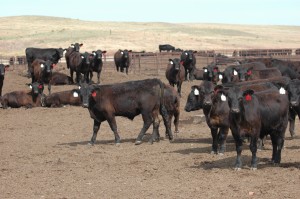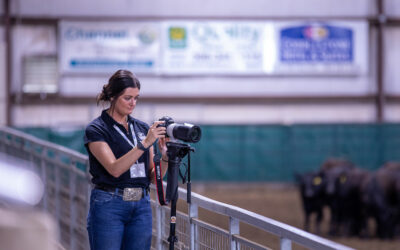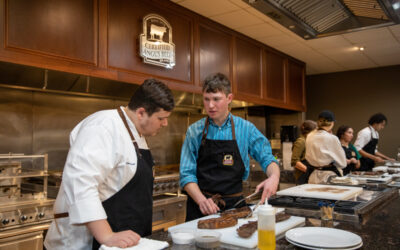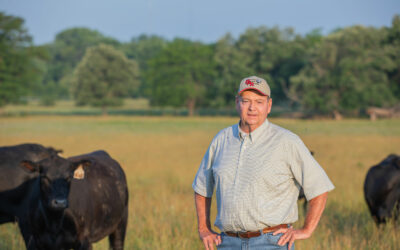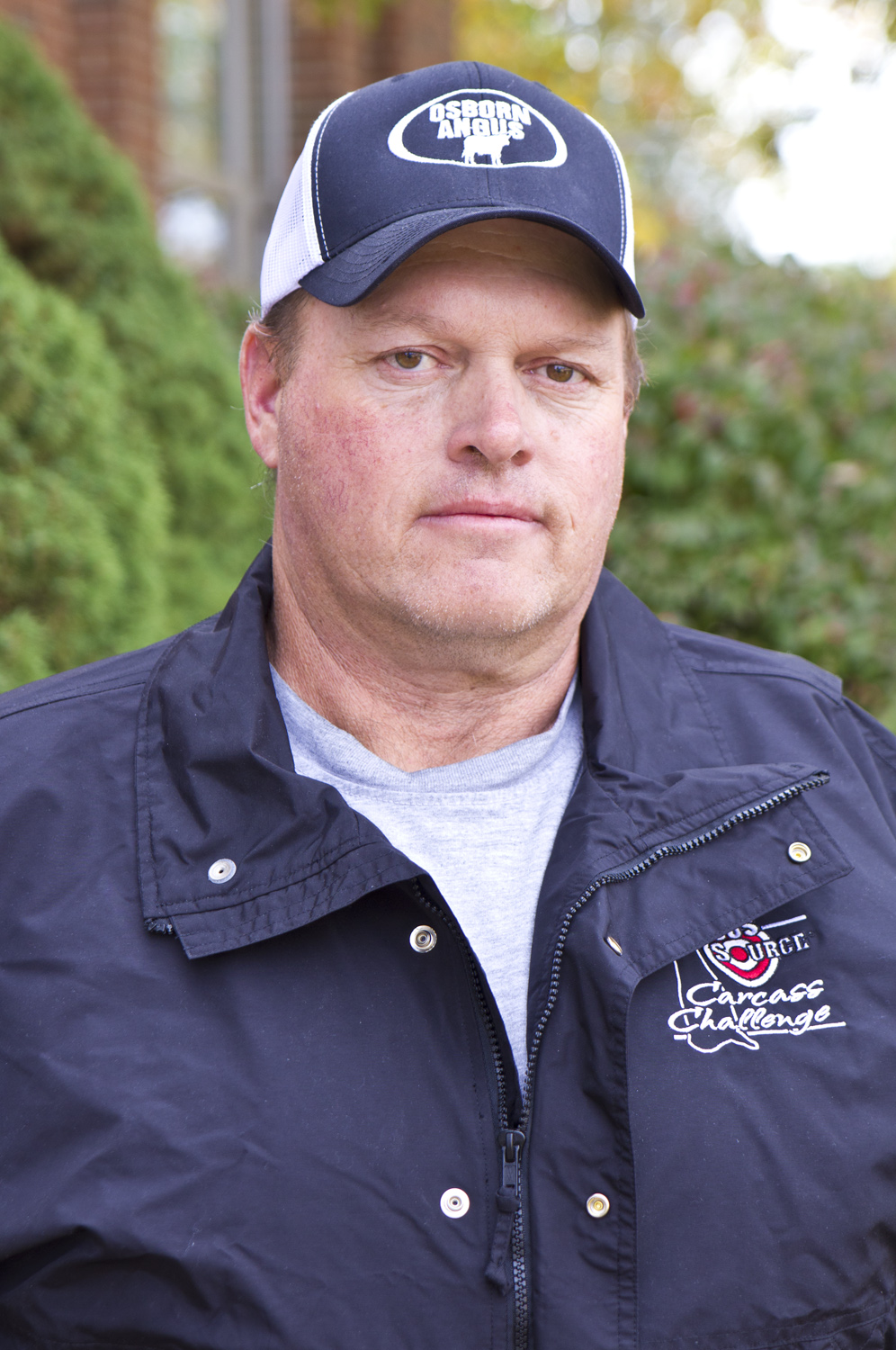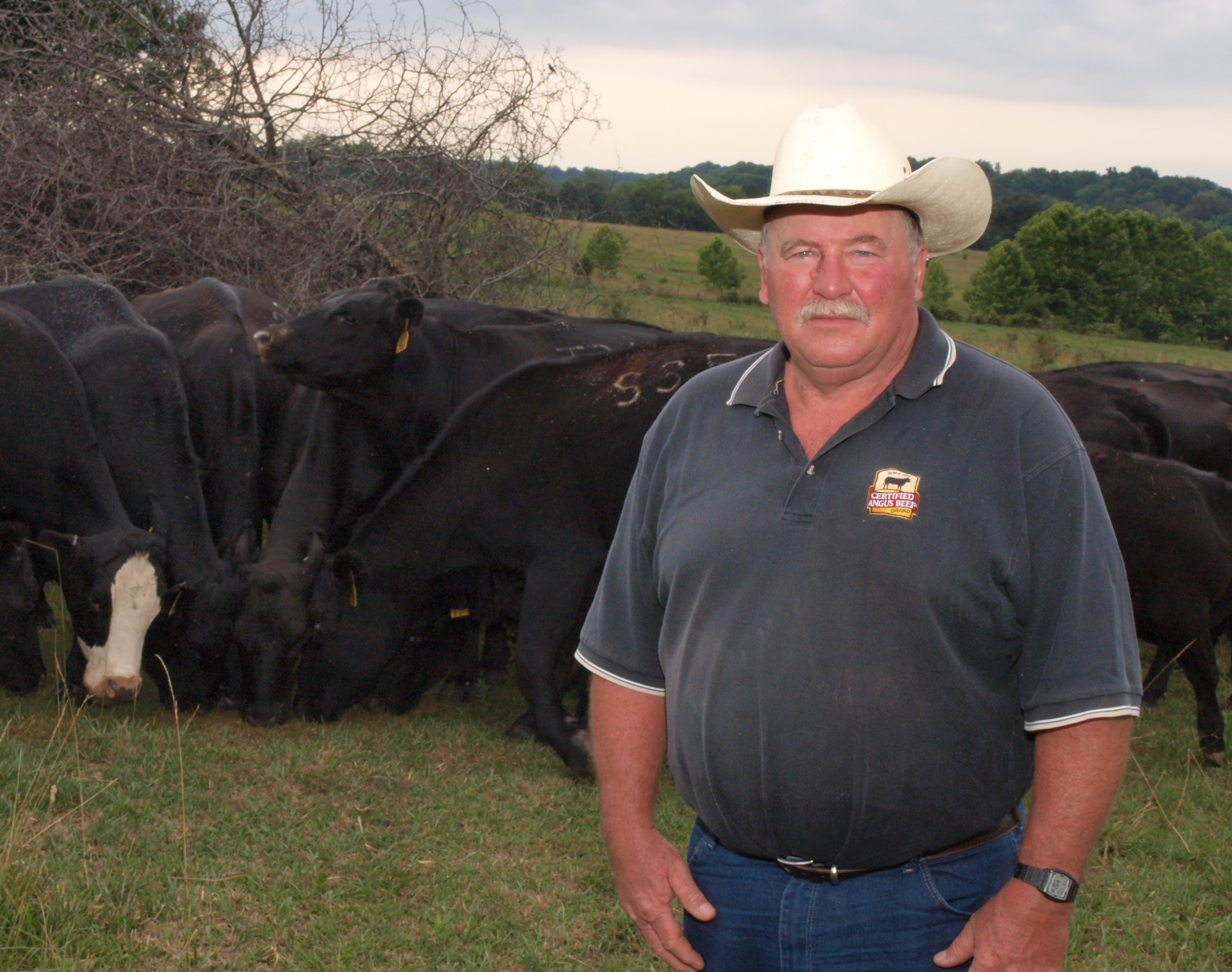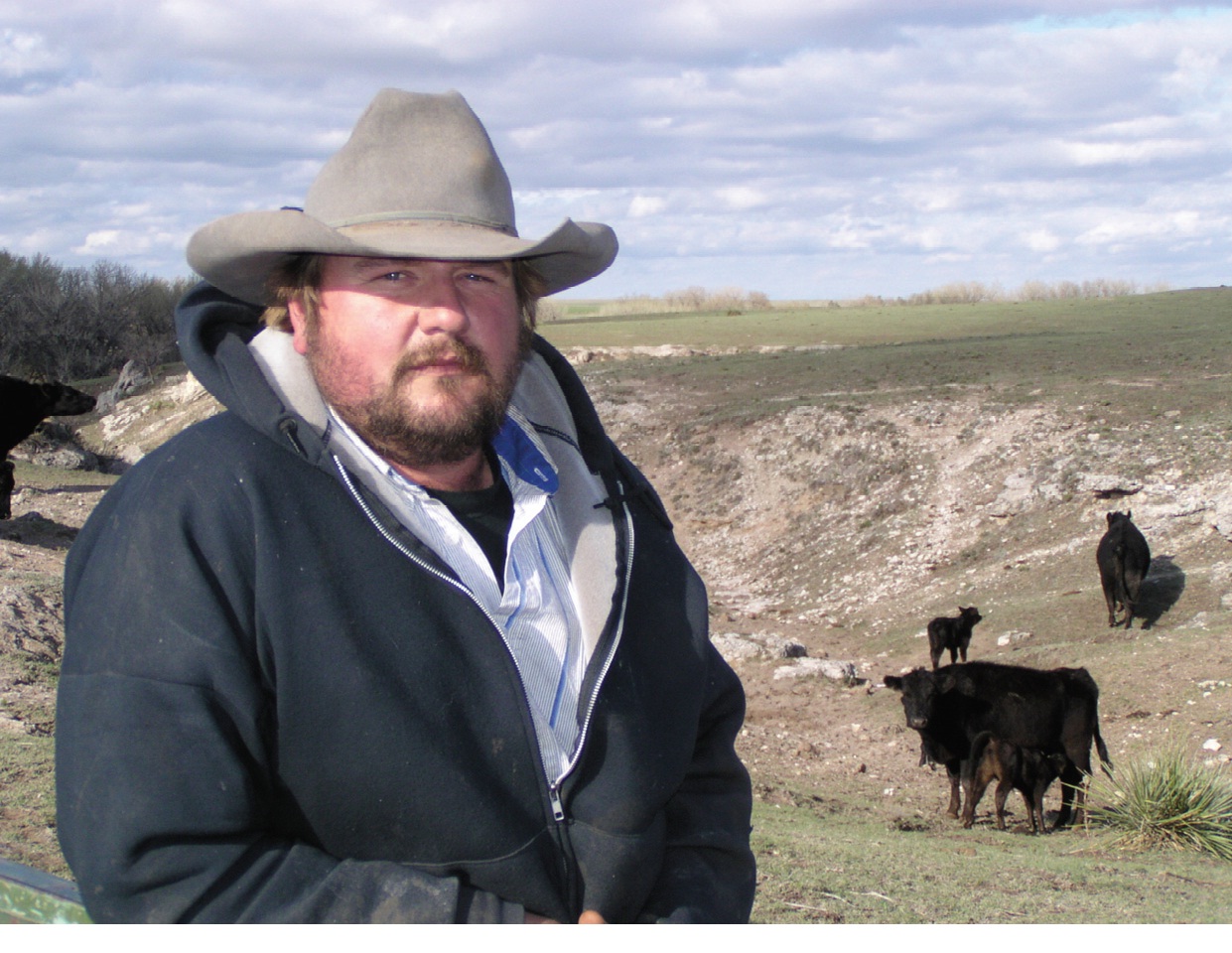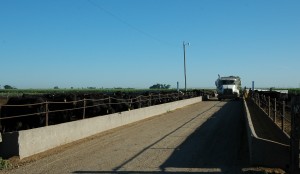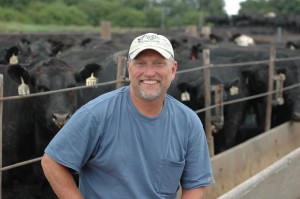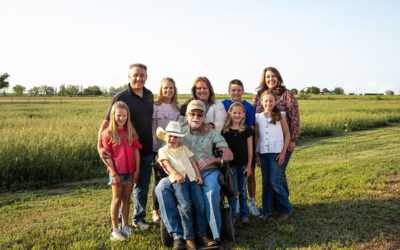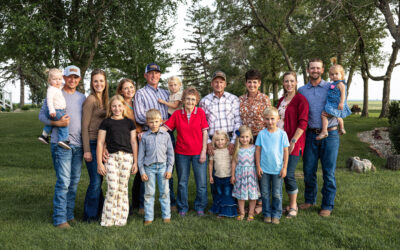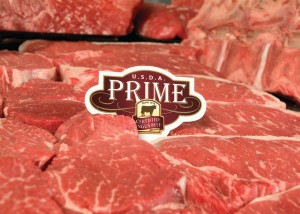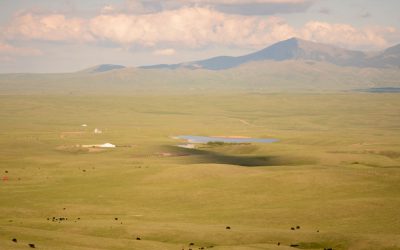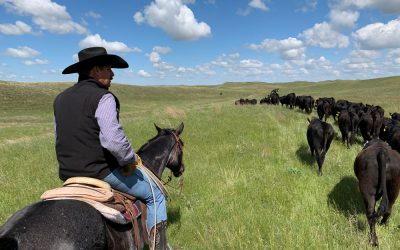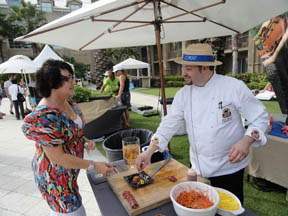
Everybody’s doing it…or not!
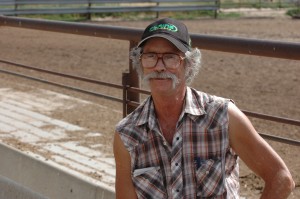
But on a recent on-location stop rancher/feeder Larry Guggenmos made an observation that sounds like one we might have made ourselves: “When we started on this high-quality trail, I thought everybody else would be right behind, but it hasn’t happened yet. I can’t figure out why.”
It also contradicts this Monday’s falsehood.
Myth: Beef quality is in vogue. It seems like everybody is paying attention to it these days.
Fact: If there were really enough producers selecting for and managing cattle based on end-product merit, we’d be the first to know. The fact that they aren’t is job security for those of us on the Supply Development (as in, here to try to create more supply of CAB) team.
More to the point, the recent run up in the Choice/Select spread to $18, shows that the market is willing to pay for more high-quality beef. And it indicates there isn’t enough.
The soon-to-be-released National Beef Quality Audit puts out a clear call for more Prime and premium Choice. The target-consumer consensus suggests 5% and 31%, respectively, when production levels for all beef in those categories during 2011 was 2% and 20%, 14 points short of expectations.
And we believe if we were hitting those levels consistantly, we could reach a new height with demand. As in, if people were eating really good beef all the time (rather than spending plenty of dollars on a mediocre product sometimes) they will want to buy more of it. After all, we can’t license more retailers or build relationships with new exporters until we know there’ll be product for them to sell.
When I started with CAB in 2006 we were talking about brand acceptance rates around 15%. Today that has increased to 24% of black-hided cattle that pass our 10 carcass specifications. So clearly, quality has risen. The industry is figuring out the teamwork it takes to make that perfect steak, but to say “everybody’s doing it” would be a far stretch.
The good news story? If you produce what’s in demand and follow the right marketing channels, you’ll be rewarded.
Larry Guggenmos knows that. He sends some loads that are nearly 80% CAB and Prime.
And he’s not one to do something just because it’s in vogue.
May your bottom line be filled with black ink,
~Miranda
You may also like
Where value comes from
How cattle are fed matters, but much of their potential for grid success is already set before cattle even set hoof in the yard. Cow-calf producers are the designers of the raw material.
Progress from small steps
Every day is a chance to learn and get better. Thousands of others like my new friends in Alabama are taking steps to meet the shifts in consumer demand, and to know more. Small steps in the right direction can start now. Even if it’s just recording a snapshot of where you are today, a benchmark for tomorrow.
Where premiums are earned
As quality continues to trend up and more cattle qualify for the brand, the CAB/Choice spread may gain ground on the old Choice/Select metric as an industry standard. Along the way, the brand will keep working with all partners from pasture to plate, adding value to every cut and premiums for Angus cattlemen.

